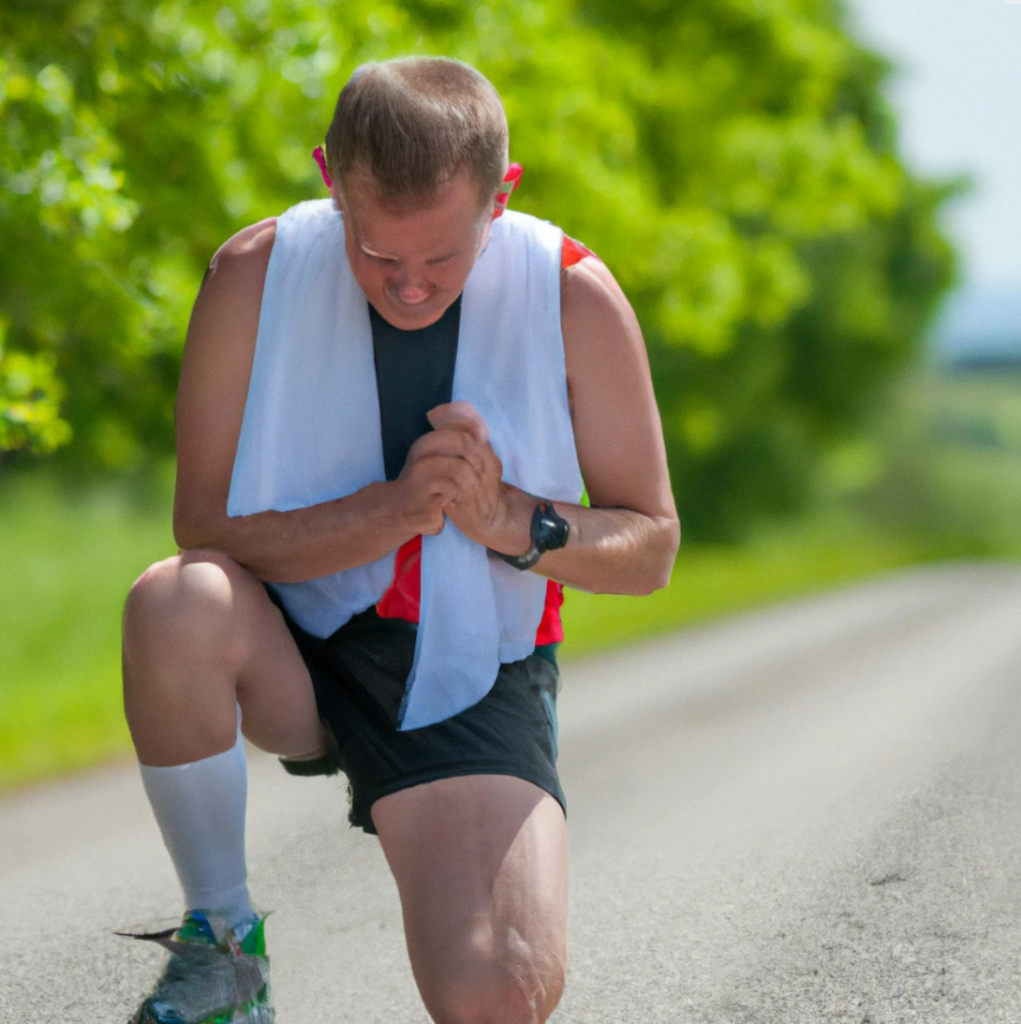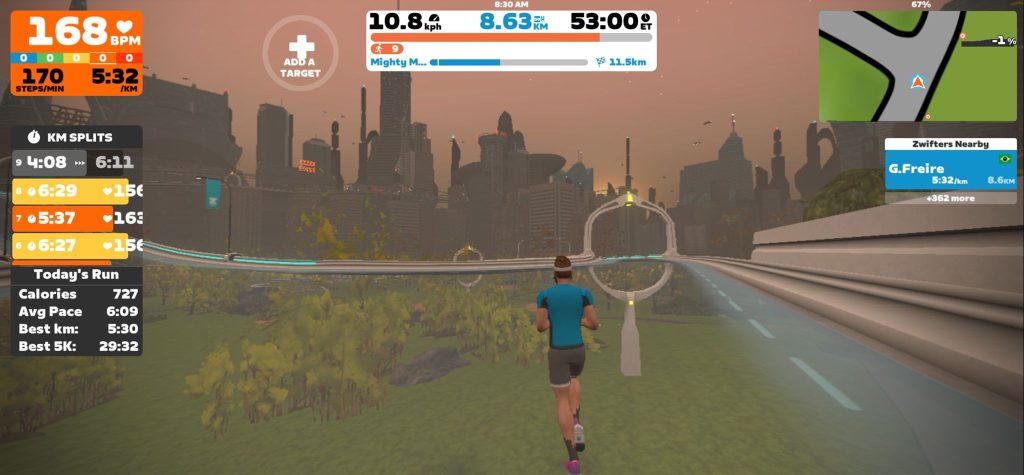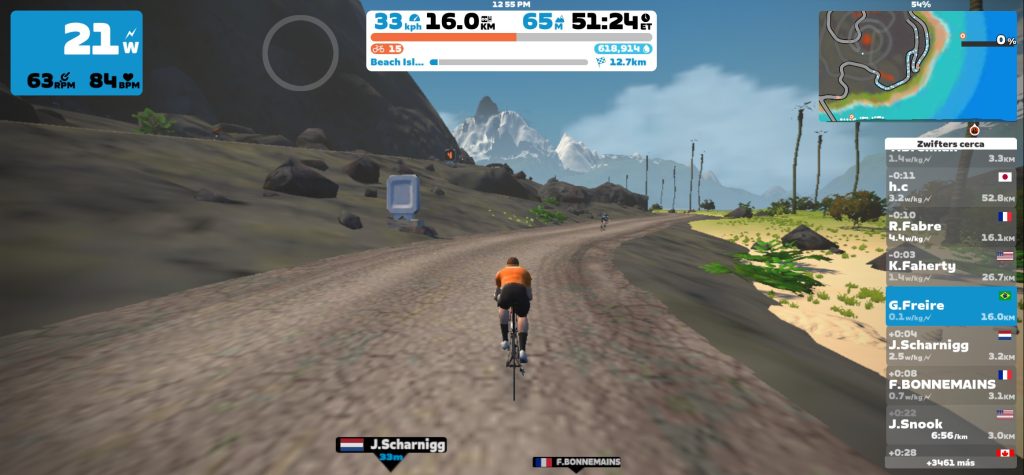Long distance running can be an incredibly rewarding and exhilarating experience, but it also comes with its fair share of challenges. One common issue many runners face is chafing, a painful skin irritation caused by friction during extended periods of exercise. In this post, we will explore some effective tips and strategies to help you avoid chafing and enjoy a more comfortable running experience.
During my two last half marathons in Barcelona and Cyprus, I experienced firsthand the painful effects of chafing. Despite my preparation, I found myself struggling with discomfort and irritation during these races, which hampered my overall performance. Learning from these experiences, I’ve since incorporated the above tips into my training routine, resulting in significant improvements in my comfort and enjoyment during long distance runs. Sharing these strategies with fellow runners can help you avoid similar setbacks and enhance your running experience.
Choose the right clothing
Selecting moisture-wicking, seamless, and snug-fitting clothes is crucial for reducing friction and preventing chafing. Synthetic materials like polyester and nylon can help keep your skin dry, while flat or minimal seams reduce the risk of irritation. Ensure your running attire fits well, as loose clothing can bunch up and cause friction, while overly tight garments may dig into your skin.
Apply lubricants
Applying a lubricant, such as petroleum jelly or specialized anti-chafing products, can significantly decrease friction between your skin and clothing. Apply the lubricant to common chafing areas, including inner thighs, underarms, and nipples. Reapply as needed during your run, especially if you’re sweating heavily or running in wet conditions.
Stay dry
Excess moisture from sweat or rain can exacerbate chafing. Use moisture-wicking clothing, as mentioned earlier, and consider applying talcum or anti-chafing powders to help keep your skin dry. Additionally, if you’re running in wet weather, wear a light, water-resistant jacket to protect yourself from the elements.
Use proper running form
Maintaining proper running form can help reduce friction between your thighs and other body parts. Focus on keeping your upper body relaxed and your stride smooth, with your feet landing directly beneath your hips. Avoid overstriding, as this can cause your thighs to rub together more frequently

Build up your mileage gradually
Rapidly increasing your running distance can increase the likelihood of chafing, as your skin may not have time to adapt to the increased friction. Gradually build up your mileage to give your body time to adjust and minimize the risk of chafing.
Take care of your skin
Keeping your skin healthy and hydrated can help reduce the risk of chafing. After each run, clean and moisturize your skin to promote healing and maintain its natural protective barrier. If you do experience chafing, treat the affected area with an over-the-counter hydrocortisone cream and avoid running until the skin has healed.
Chafing doesn’t have to be an inevitable part of long distance running. By taking a few proactive measures, such as wearing appropriate clothing, applying lubricants, and maintaining proper running form, you can significantly reduce the risk of chafing and enjoy a more comfortable and enjoyable running experience. Happy running!












